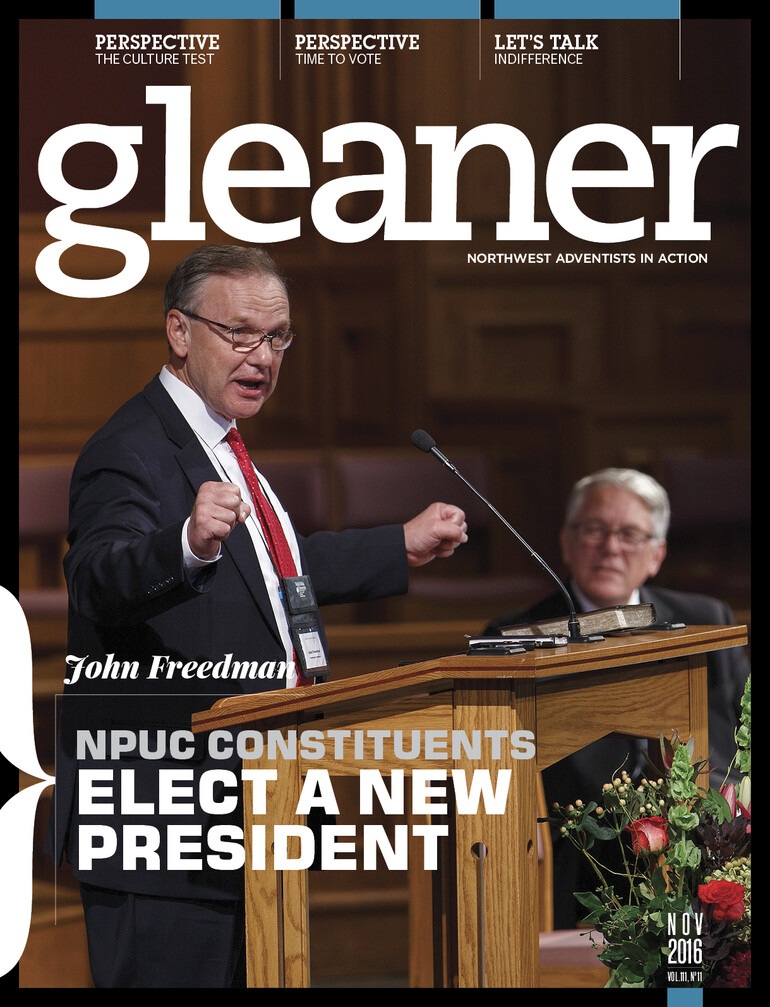My wife and I like to regularly challenge our marriage through a sophisticated test called The Grocery List. The way it works is someone writes a list of items to procure from the local grocery store, while alternating between specific and vague descriptions of said items. For example, “1 10 oz. can of Campbell’s Cream of Mushroom soup, 2 organic purple eggplants, a family-sized container of Sabra roasted pine nut hummus, and rice.” Rice?
This is where the test begins.
Does she want brown rice, white rice, wild rice, basmati rice or jasmine rice? What about forbidden rice, or Uncle Ben’s rice? Would she accept Rice-a-Roni? WHICH ONE IS IT?!
That’s the fun of it all — it’s all classified as rice, but they aren’t the same. One wrong move, and my wife’s menu is messed up.
Even if by some miracle I select the correct rice, I have to be careful because I will arrive home, and there is a bonus question at the end of the grocery list test: "What store did you go to?”
“Uh … the grocery one?”
I have to be aware of my surroundings because there is a difference between Bargain Market, Wal-Mart, WinCo, Safeway, Fred Meyer and Whole Foods — differences in price, differences in produce and differences in the kind of people who shop there.
When different people come together they create something called “culture.” It’s what we make of the world and how we make sense of the world by making the world. And the culture we make leads to more cultural creations, which changes culture and leads us to ask, "How do we live in the culture?"
One sociologist says “culture” is the second-most complicated word in the English language, next to “nature.” The complication is heightened for Christians in John 17:14–19, where Jesus prays His followers not be taken out of the world.
We shorten the verse to an aphorism, “Be in the world, but not of the world” — and often interpret this as “stay out of the world.” The church is in church, and the “world” is somewhere else.
This leads to lumping together everyone “out there” as “the world,” or “the culture.” Christians say, “Well, we need to speak to ‘the culture.’ The church needs to reach the culture and ‘change the culture’ to be more like the church."
Christian sociologist Andy Crouch says, “There is no 'the culture,' and any tempts to talk about 'the culture,' especially in terms of transforming the culture, is misled and misleading.”
“The culture” does not exist — a plurality of cultures exists in overlapping spheres. There are office cultures, and within office cultures are different cultures — working for Google is not the same as working for the DMV. There are music cultures, but country music culture is not the same as Swedish techno.
Every time someone gets married, they bring family cultures with them. Each family deals with sexuality, conflict, finances, roles and faith differently, and sometimes those two cultures come together. My house is different from my parents' house, which is different from my grandparents' house — yet we are all people IN the SAME family.
When people become comfortable referring to “the culture,” it embeds the belief that it is possible to live unaffected by culture — like somehow Christians can hide in a corner of the community and be culture-free. The time you eat dinner, if you eat dinner, or pray before dinner, if it’s a long prayer, a group prayer, or an individual prayer, whether you take shoes off in the house, or give hugs publicly, or say I love you out loud to family members, whether you're organized or chaotic — everything from the type of rice we buy at our favorite grocery store, right on down to the way you replace the toilet paper roll — are all cultural acts.
The church is not immune from surrounding cultures. Culture is everywhere — even in Jesus’ life. “He came to Nazareth, where he had been brought up. And as was his custom, he went to the synagogue on the Sabbath day, and he stood up to read” (Luke 4:16).
Jesus engaged in numerous other Jewish cultural practices, and yet He also ate with non-Jews, talked with women at Samaritan wells, trusted women with testimony, spent time in cemeteries and even touched lepers — people whose culture was meant to be outside the culture. And in the Great Commission, He says, “Go therefore and make disciples of ALL nations …” (Matt. 28:19).
In Rev. 14:9, John looks and sees a great multitude that no one could number, and here’s what’s important about this redeemed army of the Lord: Even after redemption, it is still seen they have come from every tribe, every tongue, ever nation — every culture — not just one. Even though they are gathered as one, different nuances in appearance and speech and manner can be seen. Heaven has diversity of culture.
Each of us lives in and is influenced by multiple cultures — not “the culture” — and we need to do the hard work to understand them so we can see how God is at work in each culture, so we can be too.











